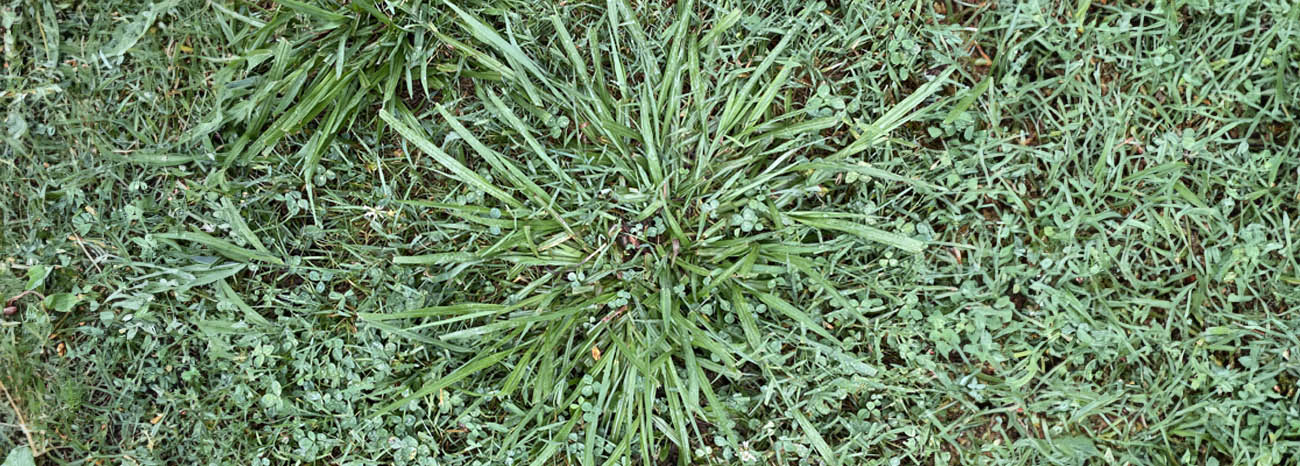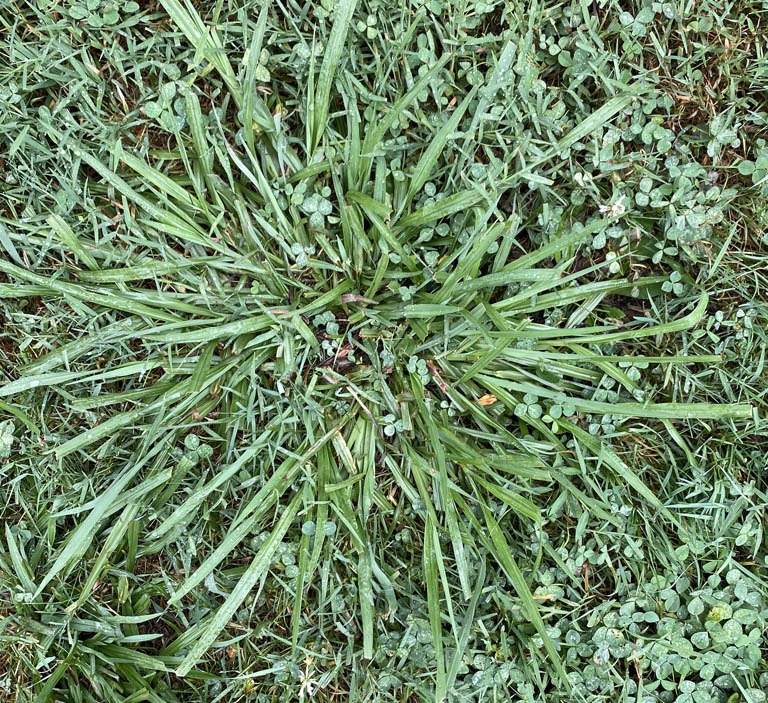Crabgrass is one of the most stubborn lawn invaders that turn your beautiful, lush lawn into a patchy, weedy mess. Left unchecked, it outcompetes the grass for space, nutrients and sunlight. As temperatures rise every spring, crabgrass seeds lying dormant in your soil begin to germinate, threatening the health and appearance of your lawn. Applying a crabgrass preventer is the way to keep this invasive weed at bay, But when is the right time to apply a crabgrass preventer, and when is it too late?
In this guide, we’ll explore the best timing for applying crabgrass preventer, how to recognize when it’s too late and what steps you can take if you’ve missed the ideal application period. With this information, you’ll make sure your lawn is healthy and crabgrass-free throughout the growing season.
What Is Crabgrass Preventer?
Crabgrass preventer is a pre-emergent herbicide designed to stop crabgrass seeds from germinating. Unlike post-emergent herbicides, which target existing weeds, crabgrass preventers are proactive, halting the weed problem before it starts. Crabgrass preventer creates a chemical barrier at the soil surface that prevents the seeds from sprouting. The main active ingredients in crabgrass preventers are usually chemicals like pendimethalin, prodiamine or dithiopyr, which are specially formulated to disrupt the growth process of crabgrass seeds. The key to its effectiveness lies in the timing of application.
Benefits of Using Crabgrass Preventer
Applying a crabgrass preventer at the right time offers several benefits:
- Prevention of Crabgrass Germination: It stops crabgrass before it starts, reducing the chances of this weed taking over your lawn.
- Improvement of Lawn Health: By preventing crabgrass, your grass can thrive without competition for nutrients, water and sunlight.
- Reduction of Future Lawn Maintenance: Less crabgrass means less time and effort to maintain your lawn.
When to Apply Crabgrass Preventer
The general rule of thumb is to apply crabgrass preventer in early spring before the crabgrass seeds can germinate. But how do you know when that is?
One of the best indicators is soil temperature. Crabgrass seeds begin to germinate when the soil temperature reaches around 55 to 60 degrees Fahrenheit. This happens when daytime temperatures consistently reach the mid-60s. In most regions of the United States, this falls between mid-March and mid-April. Still, it can vary depending on your local climate.
Monitor soil temperature using a soil thermometer or consult gardening apps or online resources that provide soil temperature data based on your zip code.
Another reliable indicator to guide your application timing is the blooming of forsythia bushes. When these bright yellow flowers start to appear, it’s a good sign that soil temperatures are nearing the range where crabgrass seeds will germinate.
Factors Affecting Application Timing
- Local Climate Variations: Different regions experience spring at different times. The best time in Pennsylvania might be earlier or later than in other parts of the country. Pay attention to local weather patterns, as a warmer or colder-than-usual spring can shift the ideal application time.
- Specific Grass Types and Their Growth Cycles: The type of grass in your lawn can also affect the timing. Some cool-season grasses may require earlier application, while warm-season grasses might allow for a slightly later window.
Application Methods
There are two main types of crabgrass preventers: granular and liquid. Both are effective, with the main differentiator being user preference.
- Granular Preventers: These are easily applied using a broadcast spreader, ensuring even coverage across your lawn. After application, water the lawn lightly to activate the herbicide.
- Liquid Preventers: These can be mixed with water and sprayed onto the lawn using a garden sprayer. Some liquid preventers are combined with fertilizers, offering dual benefits of weed prevention and lawn nourishment.
Regardless of the method you choose, it’s important to carefully follow the product instructions.
What If It’s Too Late?
Sometimes, despite your best efforts, you may miss the optimal window for applying crabgrass preventer. Suppose your soil temperature has already been above 60 degrees Fahrenheit for several days. In that case, it’s likely too late for a pre-emergent crabgrass preventer. At this point, crabgrass seeds may have already begun to germinate, making the application ineffective.
If you missed the window for applying a crabgrass preventer, don’t panic. There are other methods to control crabgrass after it has started to grow:
- Post-Emergent Herbicides: These products are designed to kill crabgrass after it has sprouted. Look for herbicides explicitly labeled for crabgrass control, as they are formulated to target this weed without harming your lawn.
- Manual Removal: For small areas, manually pulling crabgrass can be effective, especially if done early before the weed has spread. Be sure to remove the entire plant, including the roots, to prevent regrowth.
Combat Crabgrass for the Long Haul
To avoid missing the application window in the future, consider implementing these long-term strategies:
- Improving Lawn Health: The best way to prevent crabgrass from taking over your lawn in the future is to focus on long-term lawn health. A thick, healthy lawn is the best defense against crabgrass and other weeds. Regular mowing, watering and fertilization encourage your grass to grow strong and dense, preparing it to outcompete weeds.
- Adjusting Maintenance Practices: Adjusting your maintenance practices based on the success of your crabgrass preventer application will also help you refine your approach in the future. Consider overseeding your lawn in the fall, which helps to thicken the grass and crowd out potential weeds. Use a fall pre-emergent herbicide to target any late-season germination and give your lawn a head start for the next growing season. Stay on top of soil testing and adjust as needed to keep your lawn in top condition.
Eliminating Crabgrass – You Have Options
Applying crabgrass preventer at the right time is the key to keeping your lawn crabgrass-free. But know that there are still ways to manage and reduce crabgrass in your lawn. With consistent care and attention, you can maintain a healthy, vibrant lawn that’s the envy of the neighborhood.
Our lawn care experts are ready to help. To learn more about our lawn programs, visit emoyer.com/services/lawn-care or call 215.799.2016.


